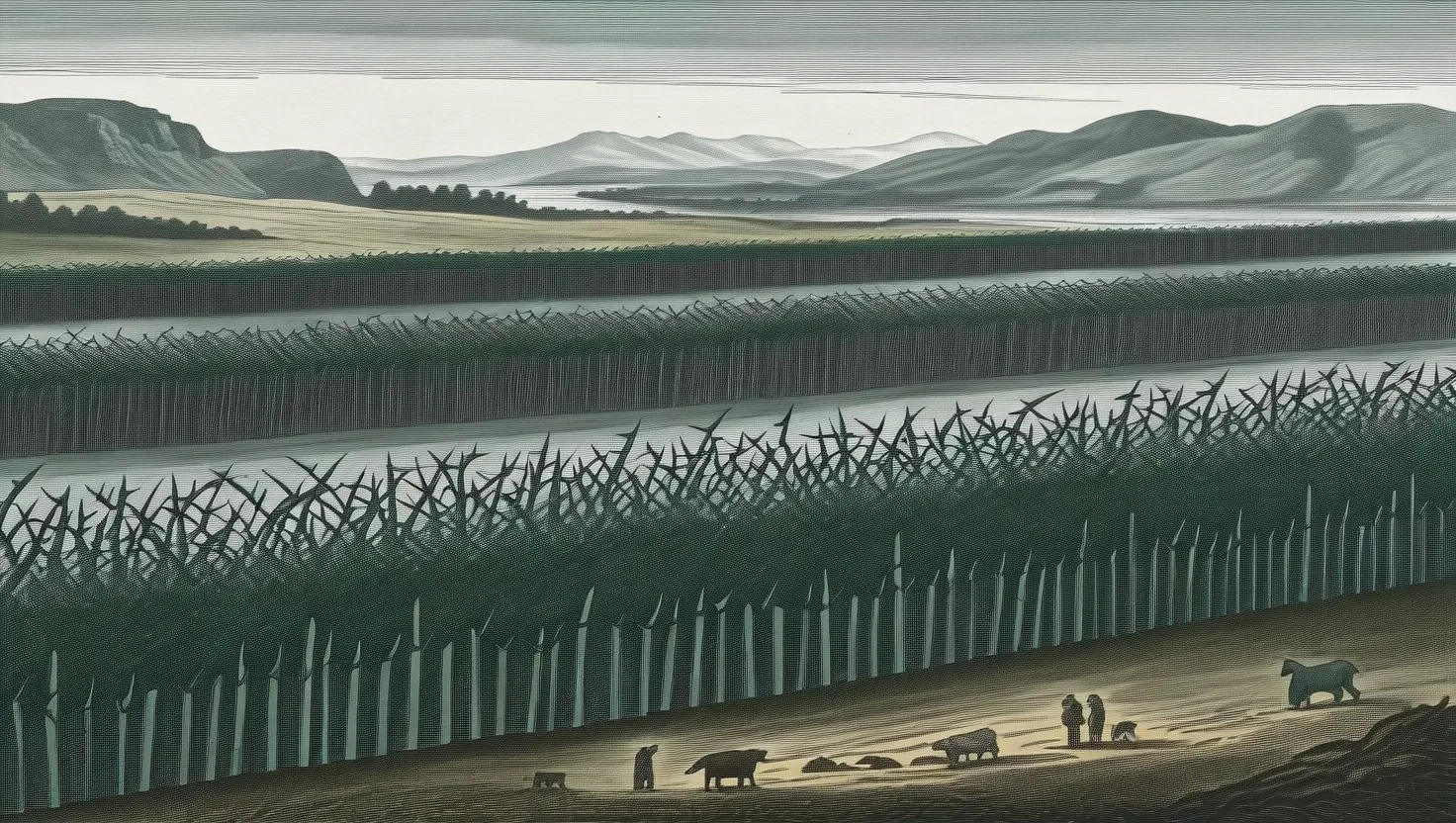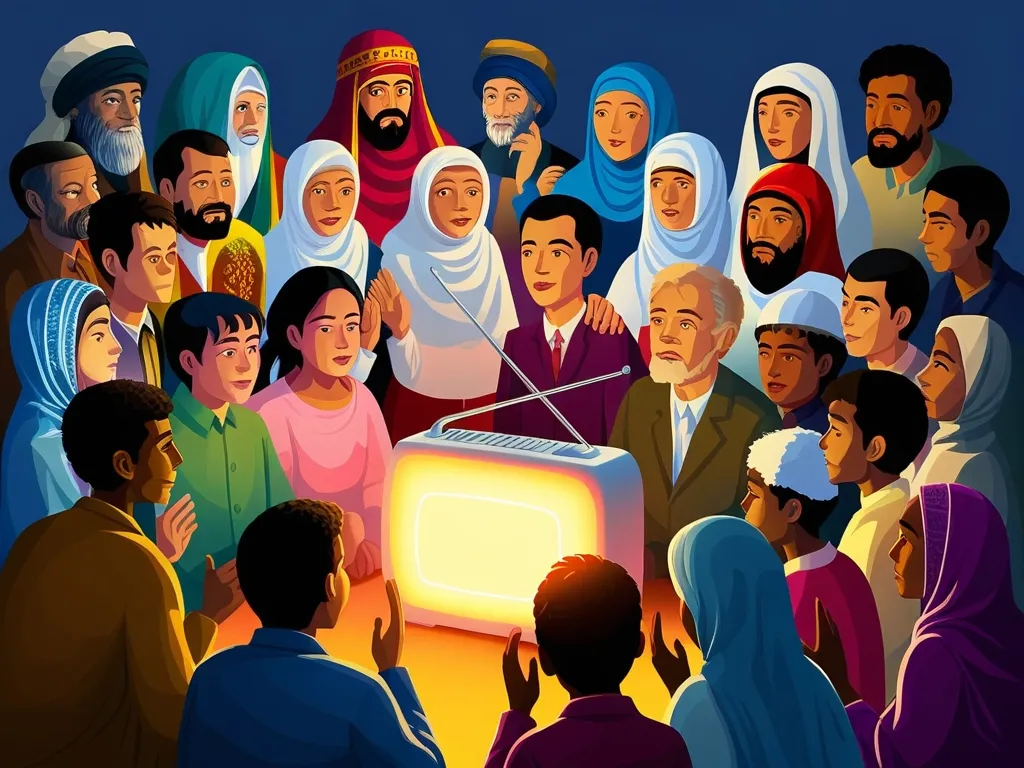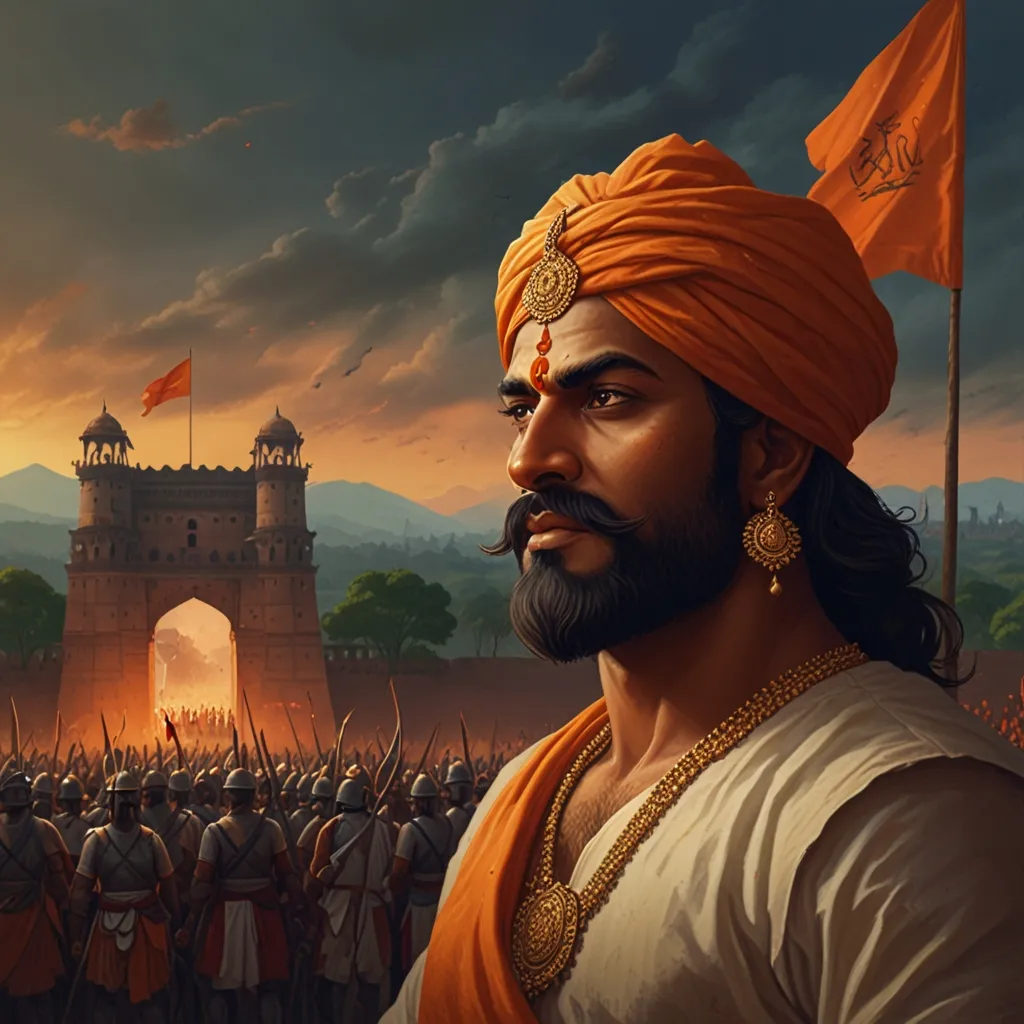The Goods and Services Tax (GST) hit the Indian economic landscape in July 2017, shaking things up quite a bit. It gave a much-needed makeover to the messy system of multiple indirect taxes, merging them into one unified tax. Naturally, this change stirred up Indian politics, with both good and bad vibes.
One big task was getting state governments on board with the GST. Before GST, states had their own tax rules. They could levy their own taxes and offer tax breaks to attract investments. With GST, they had to give up some of that control, and tax rates were to be decided together with the central government. Not an easy sell, right? States were worried about losing their edge in pulling investments.
Even with these political hang-ups, GST is hailed as a game-changer in Indian politics. For the first time since 1947, India has a single market. This has slashed barriers to moving goods and services across states, functioning like a tariff cut. GST has also sweetened India’s appeal for investments by simplifying taxes and cutting compliance costs.
Now, let’s be real—rolling out GST wasn’t a cakewalk. The plan was for a simple three-rate structure but politics added extra layers, ending up with six tax rates. This added a bit of confusion and dimmed the glow of simplicity and transparency. However, the GST Council is on it, constantly tweaking the system to make it smoother.
Small and medium enterprises (SMEs) have felt the impact too. GST’s electronic tax payments have opened up better access to credit, a big win for SMEs. Usually, these businesses struggle with the paperwork needed for traditional credit, but GST has helped turn that around.
GST has also been a goldmine for data on India’s economy. For the first time, the government can see the clear divide between the informal and formal sectors. This insight is fantastic for shaping policies and getting a real handle on the economy.
Sure, there’s criticism too. Exporters grumble about delays in getting refunds, and many feel there should’ve been better prep before the rollout. But, implementing such a humongous reform always comes with hiccups, and the goal has been to address issues as they pop up.
Politically speaking, GST’s story is also about teamwork. It demanded the central and state governments to cooperate closely. This experiment in cooperative federalism is a noteworthy political achievement, showing that big reforms can come from united efforts.
All in all, GST has shaken up Indian politics in a big way. It’s streamlined the tax game, cut down trade barriers, and boosted financial inclusion. Despite the bumps and twists, it stands as a monumental political win, steering India towards a more integrated and efficient economy.






